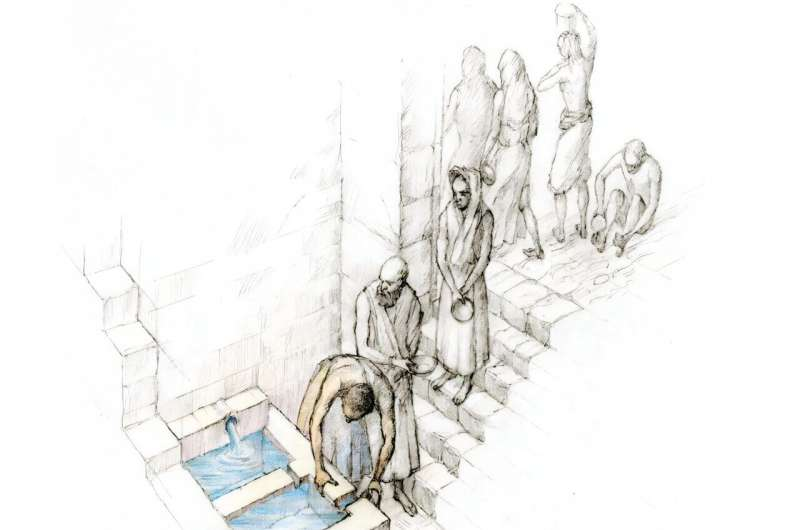High in the rugged ridges of the Blue Mountains, archaeologists have uncovered remarkable evidence that Aboriginal people not only traversed but lived in this icy high-altitude country during the last Ice Age — more than 20,000 years ago.
Perched at 1,073 meters above sea level, Dargan Shelter is a dramatic rock alcove that once overlooked treeless, snow-swept slopes. At first glance, the harsh, frozen landscape might seem inhospitable. Yet new findings, published in Nature Human Behaviour, reveal that this site was a vital refuge — visited and inhabited again and again during the Pleistocene cold snap.
Australia’s Oldest High-Altitude Human Occupation
Our excavations at Dargan Shelter provide the earliest known evidence of people living at high elevations anywhere in Australia, cementing the Blue Mountains as the continent’s most archaeologically significant periglacial (seasonally frozen) environment.
This Country holds deep cultural significance for Aboriginal communities, woven with stories and ancestral ties handed down through countless generations. As we worked at the site, we remained mindful that we were not just uncovering stone and soil — we were sitting with our Ancestors, continuing an unbroken relationship with this land.
Before digging began, a lyrebird song and dance ceremony was held to pay respects. In a moment that felt like a bridge between worlds, real lyrebirds gathered at the cave’s entrance, their calls echoing through the shelter as if singing in answer to the past.
A Critical Stop on Ancient Pathways
Dargan Shelter sits along a known Aboriginal traveling route through the high country. Deep, undisturbed sediment layers preserved cultural objects exactly where ancient hands left them, allowing us to trace human movement and life through time.
Inside, we unearthed 693 stone artifacts — with 117 flakes dating back more than 16,000 years — and faint rock art, including a child-sized hand stencil and two forearm prints. Radiocarbon dating of charcoal hearths shows continuous use of the shelter between 22,000 and 19,000 years ago.
Most stone tools were crafted from local rock, but some originated as far away as the Jenolan Caves (50 km southwest) and the Hunter Valley (150 km north). This suggests that people journeyed from distant lands, gathering here for trade, ceremony, or shelter during seasonal travel.
Among the remarkable finds:
A sandstone grinding slab, dated to 13,000 years ago, likely used to shape bone or wooden tools such as awls or nose points.
A basalt anvil, bearing the marks of cracking tough seeds and nuts, dated to about 8,800 years ago.
A World Heritage Landscape of Living Culture
While the Greater Blue Mountains were recognized as a UNESCO World Heritage site in 2000 for their rich biodiversity, a parallel bid to list the area for its cultural significance fell short due to limited archaeological evidence.
This new research strengthens the case for acknowledging the region’s cultural heritage alongside its natural wonders. The Blue Mountains are far more than dramatic cliffs and eucalyptus forests — they are living Country, a testament to the resilience, knowledge, and traditions of Aboriginal people who have thrived here for millennia.
A Global Chapter in the Ice Age Story
This discovery places Australia alongside other parts of the world where humans adapted to high-altitude, cold-climate living during the last Ice Age — from mountain sites in Mexico to ancient refuges in Spain.
As new layers of evidence emerge, Aboriginal communities connected to the Blue Mountains gain opportunities to reclaim and strengthen cultural knowledge, weaving back stories and histories once disrupted by colonization.
Each artifact, each hand stencil, and each hearth we uncover deepens our understanding of how people endured, adapted, and celebrated life in this dramatic high country. Protecting and respecting these places ensures that this story — our story — remains strong for future generations.






